As the slumping PC industry tries to regain ground against post-PC devices like Apple's iPad, it may get a boost from new, cheaper touchscreen technology from Fujifilm and other lesser-known companies.
Pictured: A touchscreen display from Atmel.
Bloomberg on Monday reported that Fujifilm and other companies like Atmel and Uni-Pixel are working on new approaches to touchscreen technology. Fujifilm uses silver halide to create nearly-invisible meshes of fine wires capable of detecting touch input.
In the case of Uni-Pixel, the new tech is copper-based, consisting of a grid printed onto rolls of plastic, bypassing the typical manufacturing process for most touchscreens and producing a more durable product.
The new touchscreen players hope to provide a lower-cost alternative to the current standard, which relies on indium tin oxide (ITO), a byproduct of zinc production. ITO is a rare-earth material, and most of its supplies come from China. Nearly all of the screens in Apple's iPhones, iPods, and iPads — as well as devices from Samsung and other Apple competitors — contain ITO. In addition to its rarity, the material is brittle, which adds to the difficulty in producing devices that feature it. Such difficulty can lead to lower production yields of the sort occasionally seen with some of Apple's touch-enabled devices.
Microsoft and its PC manufacturing partners hope that cheaper touchscreens will lead to cheaper devices, allowing them to push back against a trend that has seen the wider PC market contracting.
"Touch drives user engagement and is rapidly becoming a must-have capability," a Microsoft rep told Bloomberg.
Most PC manufacturers have seen declining sales, even as Apple's iPad has turned that company into one of the largest computing firms in the world.
Microsoft's touch-enabled Windows 8 was meant to reverse this trend, combining the traditional functionality of Windows with the touch-centric interface popularized by Apple. Instead, the realities of touchscreen production led to more expensive devices, which have failed to draw consumer interest. Adding a touchscreen to a 23-inch to 27-inch display, according to some estimates, adds as much as $180 to the cost of the device. In the case of tablets and smaller computers, it may add $45.
This year will likely see PC sales contract by 1.3 percent, according to IDC. The industry fell 3.7 percent in 2012. PC makers, though, are still looking to touch-capable form factors in order to boost sales. Last year, 2.5 percent of notebooks sold were touch-enabled, and that figure is expected to rise to 13.1 percent this year.
Among the manufacturers expected to integrate the newer touch technology in their offerings is Taiwanese manufacturer Asus. One of the only companies not to have seen considerable sales drops in the declining market, Asus is said to be working with California-based Atmel to build touch tech into its notebooks and devices. Dell, which has been wracked by investor struggles in the face of declining sales, is said to be partnering with Texas-based Uni-Pixel to build its copper-based touchscreens into Dell products.
 Kevin Bostic
Kevin Bostic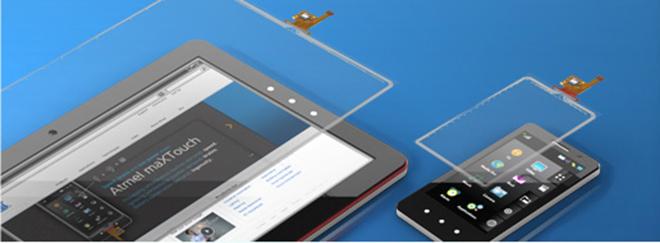







-m.jpg)






 Chip Loder
Chip Loder
 Marko Zivkovic
Marko Zivkovic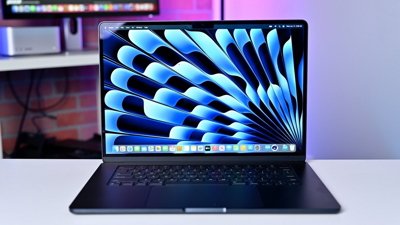
 Wesley Hilliard
Wesley Hilliard
 Christine McKee
Christine McKee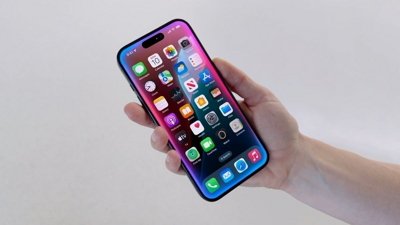
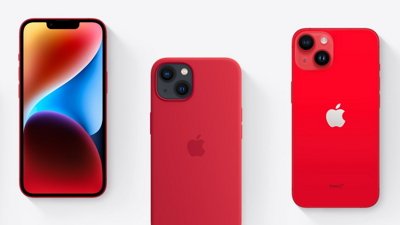
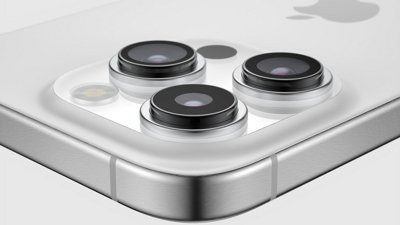
 Malcolm Owen
Malcolm Owen
 William Gallagher
William Gallagher







20 Comments
I don't quite understand why the headline is written the way it is. Wouldn't Apple possibly benefit from using this tech too?
What about that one type of display that can simulate touching different textures? If anything, you'd think they'd want to jump on that when it's still a gimmick before Apple manages to make one that isn't.
I don't understand the point of this article. So only Apple's competitors would benefit from this technology? It wouldn't be available to Apple if they wanted it?
Microsoft and its PC manufacturing partners hope that cheaper touchscreens will lead to cheaper devices, allowing them to push back against a trend that has seen the wider PC market contracting.
"Touch drives user engagement and is rapidly becoming a must-have capability," a Microsoft rep told Bloomberg.
Most PC manufacturers have seen declining sales, even as Apple's iPad has turned that company into one of the largest computing firms in the world.
Microsoft's touch-enabled Windows 8 was meant to reverse this trend, combining the traditional functionality of Windows with the touch-centric interface popularized by Apple. Instead, the realities of touchscreen production led to more expensive devices, which have failed to draw consumer interest. Adding a touchscreen to a 23-inch to 27-inch display, according to some estimates, adds as much as $180 to the cost of the device. In the case of tablets and smaller computers, it may add $45.
Are they considering tablets as part of the PC market?
If not, I don't see touch screens alone driving people back to PCs and, if that's what they're thinking, doesn't seem like the best strategy. I do not foresee the traditional PC market ever gaining share in the future. It's a declining business now. It doesn't mean PC sales won't continue for the next 10-20 or more years, but the sales figures aren't going up from here, only down.
It would be great to get away from products that are dependent on rare-earths. As someone else pointed out, I don't see why Apple would not be able to use such technologies if they prove fruitful. More intentionally antagonistic headline writing for clicks?
Headline one year from now: "PC makers pissed off with Apple when it pre-purchases 10 billion dollars of new touchscreen tech from Fujifilm and corners the market" And the day after that: "PC makers sulk in the corner..."